If you’re like so many other people out there, you may run into some trouble when it comes time to fix common car problems. You may not even know some of the most common car problems! This can be a huge problem if your car breaks down on the side of the road. The last thing you want is to be stranded with no idea how to fix the issue. That is why this post will discuss some of the most common car problems and how to fix them.
Contents
Keeping Your Car Maintained
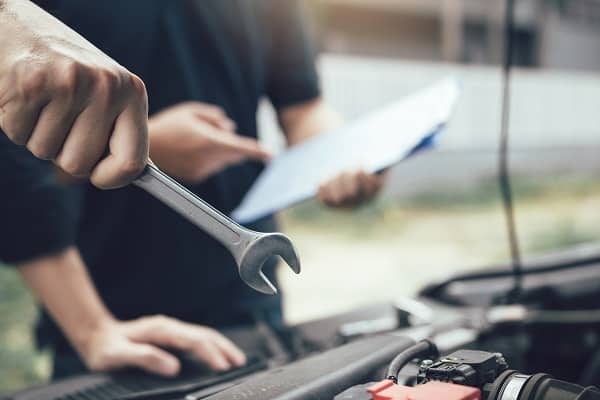
Every car owner knows that feeling when something goes wrong with their vehicle – it’s frustrating, expensive, and always seems to happen at the worst possible time. However, you can easily avoid many of the most common car problems with some basic maintenance. For example, something as simple as regularly checking your tire pressure can help to improve fuel efficiency and extend the life of your tires. Similarly, changing your oil regularly will keep your engine running smoothly and help to avoid costly repairs down the line.
Of course, keeping an eye on more major components like your brakes and transmission is also important. Catching problems early can save you a lot of money and hassle in the long run. So next time your car has a problem, don’t be too quick to blame it – chances are, it’s just in need of a little TLC.
How To Fix Common Car Problems

Even if you are following a routine maintenance checklist, you may still run into car problems. So what do you do then? Well, depending on the severity of the problem, you may need to take your car to a trusted mechanic. However, there are also some common car problems that you can easily fix on your own.
Flat Tire
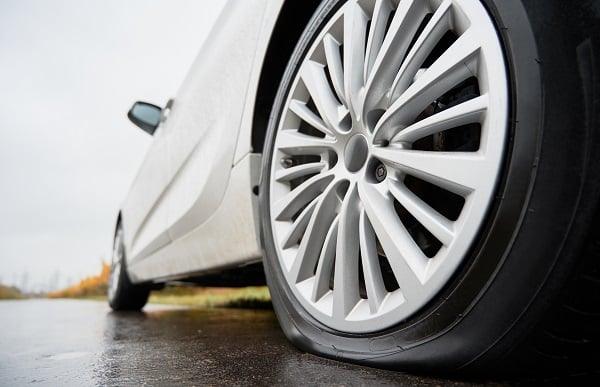
One of the most frustrating things that can happen while you’re out on the road is getting a flat tire. But don’t worry; changing a flat tire is relatively easy and only takes a few minutes. Here are some steps you can take to do it yourself. First, find a safe place to pull over. Then, once you’re out of the way of traffic, put on your emergency brake and turn on your hazard lights. Then, use a jack to lift your car, so the flat tire is off the ground.
Next, loosen the lug nuts with a wrench before taking the tire off completely. Next, put your spare tire in its place and tighten the lug nuts securely. Finally, lower your car back to the ground, and you’re good to go! With these simple steps, you’ll be back on the road in no time. Just remember to drive carefully and take your time – changing a flat tire can be dangerous if you’re not careful.
Dead Battery

At some point, every driver will experience a dead battery. Luckily, it is fairly easy to jump-start a car with a dead battery. First, you will need another vehicle with a functional battery and some jumper cables. Make sure both cars are off and in park before attaching the cables. Then, connect one end of the positive jumper cable to the dead battery’s positive terminal. Once you have done that, connect the other end of the positive cable to the positive terminal of the working battery.
Next, connect one end of the negative cable to the working battery’s negative terminal. Finally, attach the other end of the cable to an unpainted metal surface on your car – this will help ground your car and prevent any sparks. Once all of the cables are properly connected, start up the other car and let it run for a few minutes before trying to start your own car. If the battery still seems weak, you may need to repeat this process a few times. And if all else fails, it may be time for a new battery.
Blown Fuse
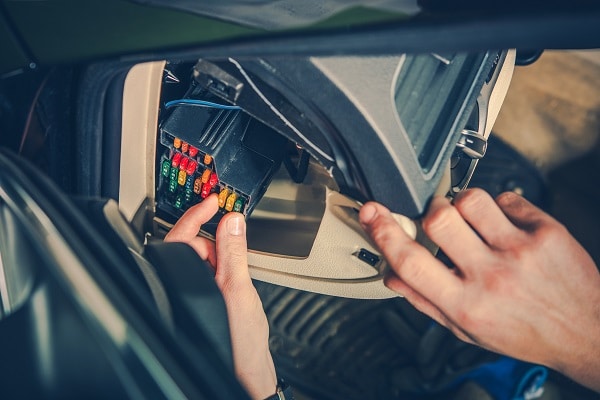
When a fuse blows in your car, it means that there is an excessive current flowing through the circuit. This can be due to a short circuit or an overloaded circuit. This will typically appear as an electronic component not working correctly, such as your car radio or headlights. If you have a blown fuse, you will need to replace it with a new one of the same amperage. To do this, first, locate the fuse box in your car. It is usually located under the dashboard or in the engine compartment.
Once you have found the fuse box, open it and identify the blown fuse. To find which fuse is blown, check for any that appear discolored or broken. Once you have identified the blown fuse, pull it out and replace it with a new one of the same amperage. And voila – your electronic components should now be working properly again. Remember never to use a fuse with higher amperage, as this can lead to further issues and even be a fire hazard.
Headlight Going Out
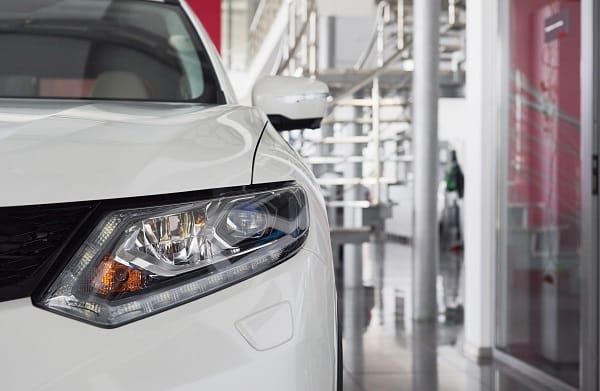
One of the most annoying things that can happen while driving is having a headlight go out. Not only is it difficult to see in the dark, but it can also be dangerous for other drivers. Luckily, there are a few easy steps that you can take to fix a headlight going out in your car. First, check the power supply to the headlight. If the fuse has blown, replace it with a new one. If that doesn’t work, you may need to replace the bulb. Luckily this is relatively simple.
To start, locate the headlight housing and remove any covers. Usually, you will find this by following the wire and going to the headlight. Then, remove the bulb by twisting it counterclockwise and pulling it out. Finally, insert a new bulb into the housing and rotate it clockwise to secure it in place. And just like that, your headlight should be good as new. Always wear protective gloves when handling car bulbs, as they can easily break and cause cuts.
Low Oil Light
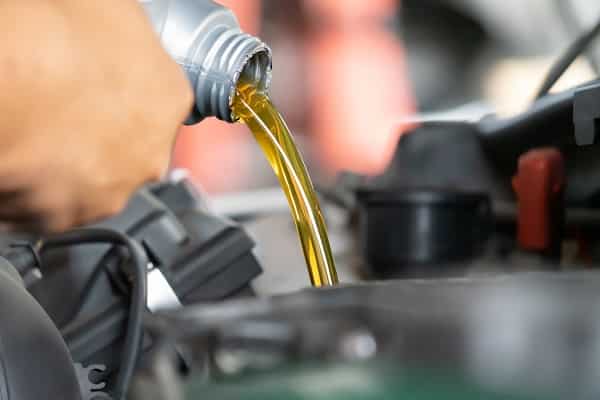
If the low oil light in your car comes on, it’s important to take action immediately. The light is usually an indicator that the oil level in your engine is low and needs to be topped off. However, in some cases, the low oil light may also indicate that the oil needs to be changed. Either way, it’s important to address the problem as soon as possible. Failure to do so could result in engine damage or even a complete shutdown.
Fortunately, fixing a low-oil light is relatively simple. First, if the light comes on, check the oil level using the dipstick and add more oil if necessary. Next, you must start draining the old oil if the oil needs to be changed. To do this, you will need to locate the oil drain plug and use a wrench to remove it. Then, let the old oil drain into a pan or container before replacing the drain plug and adding new oil. Always check your car’s owner’s manual for specific instructions on changing the oil.
Learn To Fix Common Car Problems Yourself!
While car problems can be frustrating, you can quickly fix them with a little knowledge and effort. So next time you experience one of these common issues, don’t panic – take the steps necessary to resolve it and get back on the road in no time. And if you ever feel like the problem may be more than just something basic, don’t hesitate to seek professional help. Safety always comes first when it comes to car maintenance. The last thing you want to happen is for a minor issue to turn into a more significant, potentially dangerous problem.


